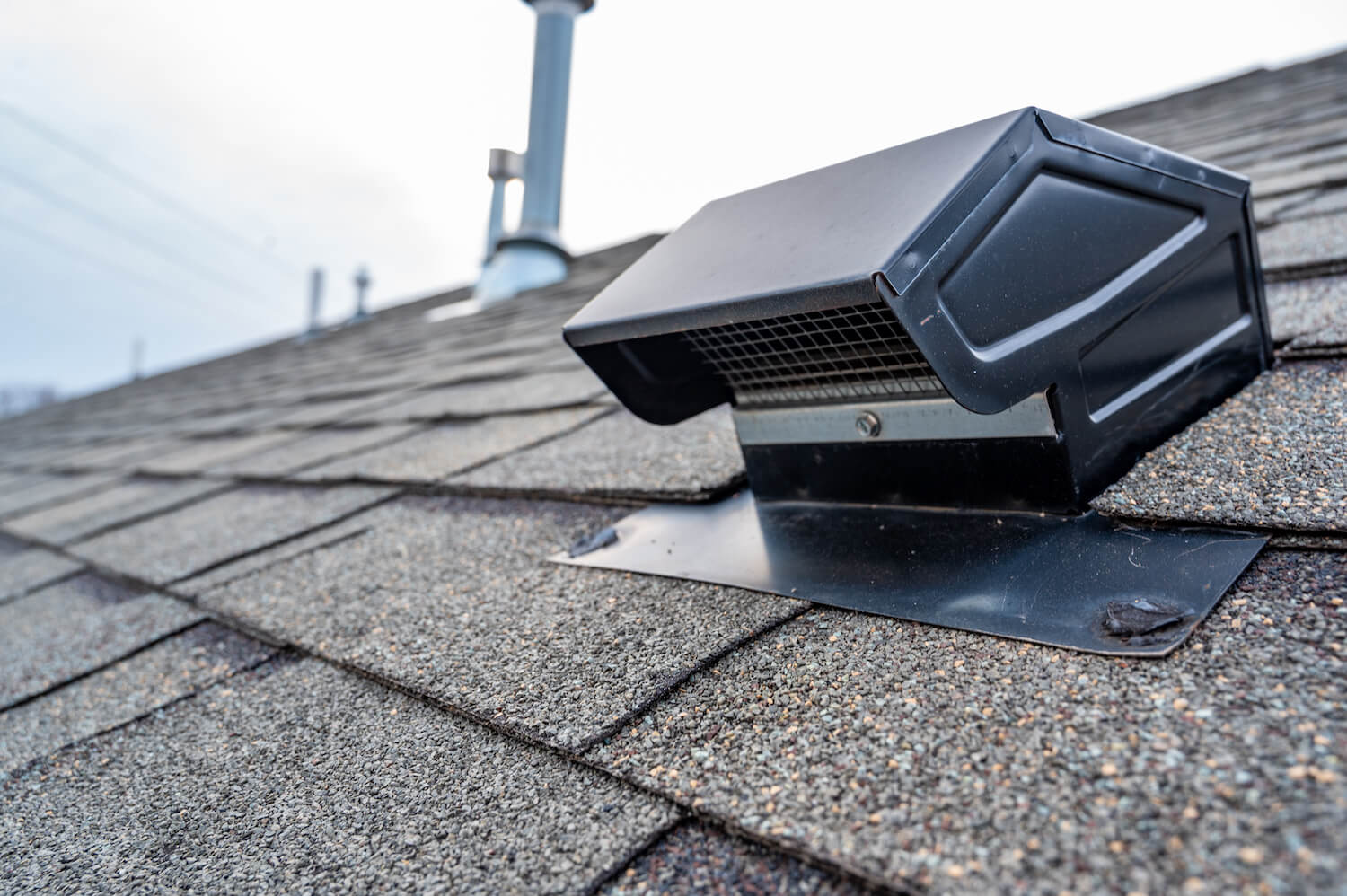How Proper Roof Ventilation Can Improve Indoor Air Quality and Energy Efficiency
Proper roof ventilation plays a crucial role in maintaining a healthy indoor environment and enhancing energy efficiency. By facilitating the exchange of air, effective ventilation systems help manage moisture levels, reduce heat buildup, and improve overall air quality within the home.
1. Reducing Moisture and Preventing Mold
One of the primary benefits of proper roof ventilation is the reduction of moisture levels in the attic. Excess moisture can lead to the growth of mold and mildew, which can adversely affect indoor air quality and damage roofing materials. Adequate ventilation helps to expel humid air and prevent condensation, which is essential for maintaining a dry and healthy environment. Using appropriate solutions, such as roof tile vents, can contribute to effective moisture management by ensuring proper airflow.
2. Enhancing Energy Efficiency
Roof ventilation systems help regulate the temperature within the attic space, reducing the amount of heat that transfers into the living areas of the home. This temperature control can lower the demand on air conditioning systems during hot weather, leading to reduced energy consumption and lower utility bills. Proper ventilation helps maintain a balanced temperature, contributing to overall energy efficiency.
3. Improving Indoor Air Quality
Good ventilation promotes better indoor air quality by ensuring that stale air and pollutants are effectively expelled from the home. This process helps to reduce the concentration of indoor air contaminants and maintain a fresh and healthy living environment. Effective ventilation also helps to manage temperature fluctuations, creating a more comfortable indoor atmosphere.
4. Preventing Roof Damage
Proper ventilation can extend the lifespan of roofing materials by reducing the risk of overheating and premature wear. Excessive heat and moisture can cause roofing materials to deteriorate faster, leading to potential damage and costly repairs. By maintaining a well-ventilated roof space, homeowners can protect their roofing investment and avoid expensive replacements.
5. Ensuring Proper Airflow
Ensuring that air can flow freely through the roof space is essential for effective ventilation. Various types of roof vents, including ridge vents, soffit vents, and gable vents, can be used to create a balanced ventilation system. Each type of vent serves a specific purpose in managing airflow and preventing issues related to poor ventilation.
Conclusion
Implementing a proper roof ventilation system offers multiple benefits, including improved indoor air quality and increased energy efficiency. By managing moisture levels, reducing heat buildup, and enhancing airflow, homeowners can create a healthier and more comfortable living environment.






